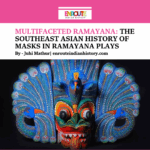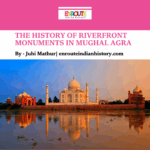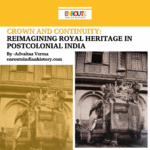
History is woven into the fabric of society, in the country of India every door has a story to tell; every lane has a memory to be shared; every house has an interpretation to be known. The capital city has its known intricate history creating a major impact of philosophy of Indian history. This intricacy is marked by different and unique interpretations, we hear from every house. Everyone perceives an event in their way which provides us ample resources for an objective research in history. Many authors have written their perspective on Delhi, like Swapna Lidlle; Narayani Gupta; Khushwant Singh; Anita Desai; Ahmed Ali; Rotem Geva are few of people whose words have proven the intricate history of Delhi.
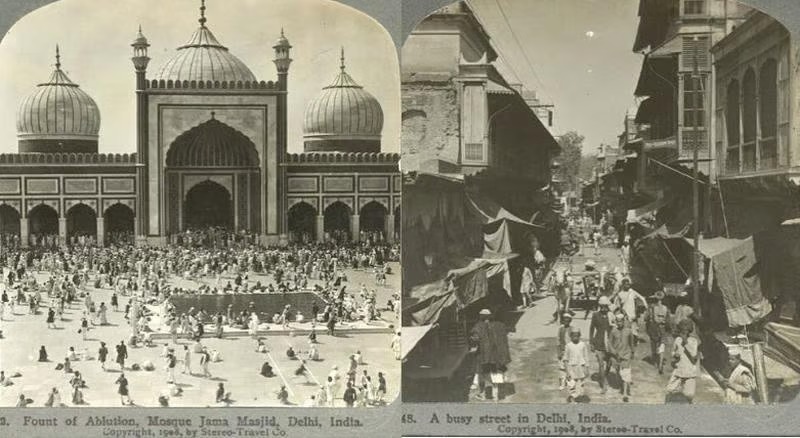
“Connaught Place and the Making of New Delhi” written by Swapna Lidlle, Delhi’s renowned historian who has written several books on the beauty and rich history of Delhi whose aim is to not make large coffee table book of which people merely flips page but author a slim yet comprehensive history which one could read and research mentioning various sources for one who wants detailed knowledge of a aspect. Liddle doesn’t go into the ancient history of Delhi, but elaborates the Delhi which was constructed by the British to be their new capital. She starts the book with the British announcement of the capital from Kolkata to Delhi and briefly explains the politics behind that decision before moving on to describe how the planners and architects were chosen and were strong enough to change India’s political landscape forever. These characters had their own history and ideas and they all had to compromise as they came together to decide the layout and architecture of the city. Narayani Gupta states the value of this book is that it interweaves the familiar story of how New Delhi was built, with social history, and reflections on the future of the capital city. An excellent introduction for both inhabitants and visitors. In less than 200 pages, Liddle not only energises us with the beauty of Connaught Place (CP) but familiarises one with the history of Lutyens Delhi.
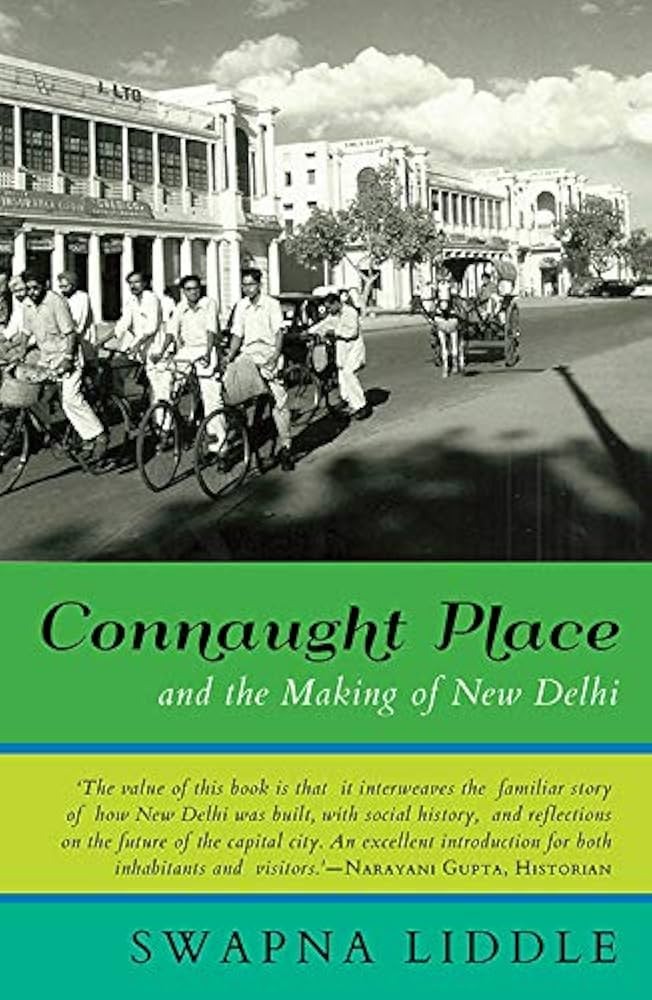
“The Broken Script: Delhi Under the East India Company and the Fall of the Mughal Dynasty” is an another masterpiece yet again by Swapna Liddle, Delhi in the age of this old man and his heir—specifically from 1803 until the Great Rebellion of 1857 is the main focus of this creation When the Bishop of Calcutta came to Delhi in 1824, he had a meeting with Akbar II, the penultimate Mughal emperor. Being a tragic affair, the royal audience hall was “full of lumber of all descriptions, broken palanquins and empty boxes”. The throne, meanwhile, was covered in pigeon’s dung. The king of kings, descended from another Akbar of legendary fame, himself lived in “pitiable” conditions, at the mercy of the East India Company. “I heartily hope,” the Bishop wrote, “that [the British] Government will revere the ruins of fallen greatness, and that, at least, no fresh degradation” would be inflicted on this “poor old man”.
The second half of the book contains a good deal about literary culture, education, general life, and institutions under Company rule, its soul and principal substance lies in the tale of the imperial dynasty and their negotiation of decline. In theory, the Mughals remained sovereigns of India. In practice, however, these years witnessed the British chipping away at their claims, subjecting the emperor precisely to the “degradation”.
Swapna Liddle’s book is an unprecedented study of the ‘hybrid half century’ that followed-when the two regimes overlapped and Delhi was at the cusp of modernity, changing in profound ways. With a ground-level view of the workings of early British rule in India, The Broken Script describes in rich detail the complex tussle between the last two Mughal emperors and the East India Company, one wielding considerable symbolic authority, and the other a fast-growing military and political power. It is, above all, the story of the people of Delhi in this period, who are largely forgotten: the cultural and intellectual elite, business magnates, the old landed nobility and the exotic new ruling class-the British. Through them, it looks at the economic, social and cultural climate that evolved over six decades. It examines the great flowering of poetry in Urdu, even as attempts to use the language for scientific education faltered; the fascinating history of the Delhi College, and how it represented a radically new model for higher education in India; the rise of modern journalism.

“Delhi reborn: Partition and Nation’s building in India’s capital” written by Rotem Geva who is South Asian Historian whose research and teaching interests encompass nationalism and state formation, territorial partitions, urban history, colonialism and decolonization. Her project explores the everyday experiences and perceptions of corruption in post-independence Delhi, drawing insights from various sources, including the satirical column published almost daily by the Urdu writer Fikr Taunsvi in the daily Milap. Delhi, one of the world’s largest cities, has faced momentous challenges like mass migration, competing governing authorities, controversies over citizenship, and communal violence. To understand the contemporary plight of India’s capital city, this book revisits one of the most dramatic episodes in its history, telling the story of how the city was remade by the twin events of partition and independence. Treating decolonization as a process that unfolded from the late 1930s into the mid-1950, Rotem Geva traces how India and Pakistan became increasingly territorialized in the imagination and practice of the city’s residents, how violence and displacement were central to this process, and how tensions over belonging and citizenship lingered in the city and the nation. She also chronicles the struggle, after 1947, between the urge to democratise political life in the new republic and the authoritarian legacy of colonial rule. Drawing on a wide range of sources, Geva reveals the period from the late 1930s to the mid-1950s as a twilight time, combining features of imperial framework and independent republic. Geva places this liminality within the broader global context of the dissolution of multiethnic and multireligious empires into nation-states and argues for an understanding of state formation as a contest between various lines of power, charting the links between different levels of political struggle and mobilisation during the churning early years of independence in Delhi.
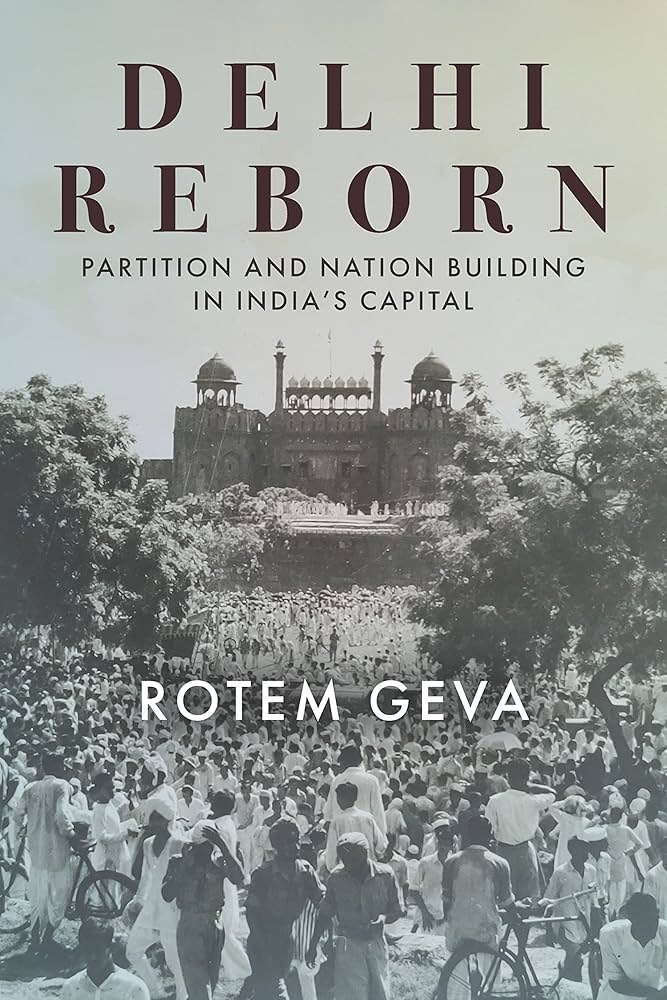
“Delhi: A Novel” by Khuswant Singh, the book moves backwards and forwards in time through the history of Delhi. The book starts from the quotation – I asked my soul: What is Delhi? She replied: The world is the body and Delhi is its life by Mirza Asadullah Khan Ghalib. It has as its backdrop the story of a journalist fallen on bad times and his relationship with a hijra named Bhagmati. This vast, erotic, irreverent magnum opus on the city of Delhi starts with the narrator, suggestively Khushwant Singh himself, just returning from England after ‘having his fill of whoring in foreign lands’, a bawdy, ageing reprobate who loves the city of Delhi, as much as he loves the ugly but energetic Bhagmati, whom he literally picks up from a deserted road on a hot Delhi summer noon. Having no place to go after completing her jail sentence in the dreaded Tihar Jail, she begs to be taken under his wing. Khushwant obliges, and thus begins a relationship of ups and downs in the narrator’s life. Bhagmati vitalizes her life amidst the majestic remains of Delhi in its heyday, and even saves the narrator’s life from the mad mobs of the 1984 anti-Sikh riots
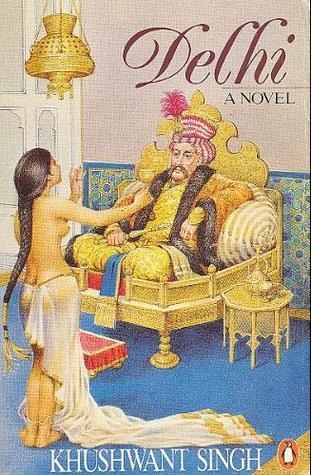 .
.
He has tried to highlight Delhi from its earliest beginnings to present times based on his eye witness hence the book is narrated from first person perspective. It took him 25 years for this masterpiece. For him, history is the skeleton and he covered it with flesh and injected blood and a lot of seminal fluid into it.
“Top 10 Forts of Delhi” a recently launched book by Vikramjit Singh Rooprai who is an author, educator, and heritage activist. He started his career as a software engineer and later became a digital marketing consultant leaving his full time IT job in 2015, he became an educator, establishing heritage labs in schools and training teachers on how to use history to teach various subjects. He founded Heritage Shaala and Liberation.in focusing on heritage conservation. His 2nd book dusts off the patina of time in this evocative catalogue of the forts of Delhi. From the intricate detailing of the stately Red Fort and Feroz Shah Kotla to bemoaning the forgotten history of Qila-i-Rai Pithora and Nai ka Kot, this is a handbook and more, a ready reference of the stories of its opulent patrons, a compass for wandering enthusiasts, a barometer of the rise and fall of all the cities we know as Delhi. His research on Delhi monuments from 2009 and guidance of Sohail Hasmi and Narayani Gupta, he came up with a series of top 10 forts elaborating every section. Starting the book with the definition of “forts”, Vikramjit focused on the intricate details of every qila mentioned in the book. He tried to implement various sources and identified controversy, like the controversy on Purana Qila on who led to its roots? Rather than forming a conclusion, in a few chapters he tried to make it open ended considering everyone’s opinion on the same.
With 5 books, we can’t summarise the mighty intricate history of Delhi but these books are the bridge towards the past, past which is unknown; past which is yet to discover; past that makes us stand today.
References -:
- Telegraph India. Delhi Reborn. Rotem Geva
- Telegraph India. Connaught Place and making of India. Swapna Liddle
- Frontline. The broken script. Swapna Liddle
- Good reads. Delhi: A novel
- Niyogi Book. Top 10 forts of Delhi
- Ancient Indian timekeeping monuments
- Chandni Chowk clock tower story
- Civilization and clock towers in India
- Clock towers in Delhi history
- Delhi clock towers and modernity
- Delhi’s clock towers modernity and heritage
- Hari Nagar clock tower architecture
- Historical landmarks of Delhi clock towers
- Kamla Nagar clock tower heritage
- Northbrook clock tower significance


